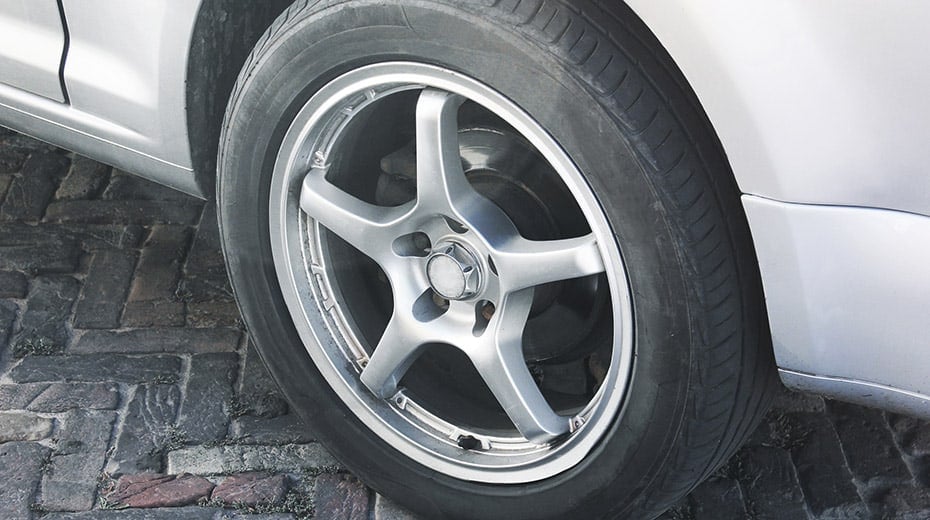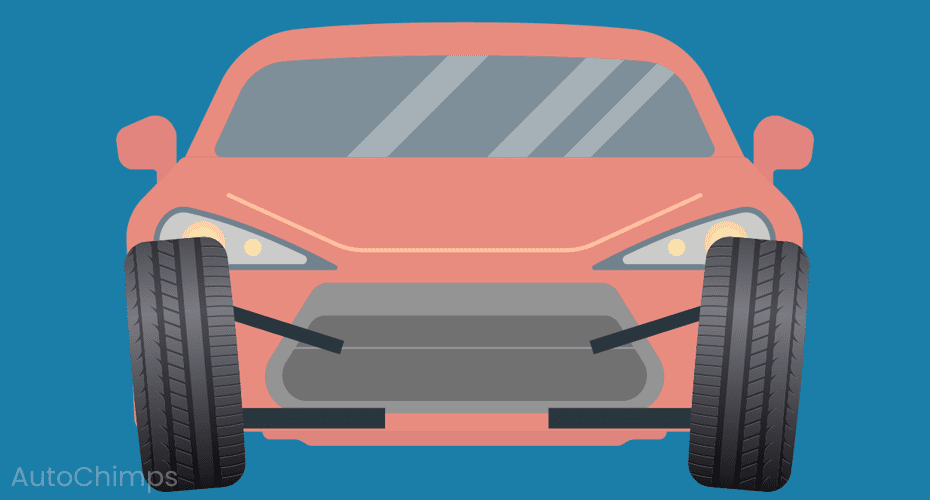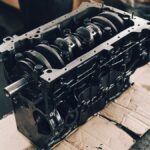



Understanding Camber: The Key to Better Driving
For anyone looking to get the most out of their ride, understanding camber is a game changer. This little angle can make a big difference in how a car handles, how long tires last, and the overall driving vibe. So, what exactly is camber? Let’s break it down.
What is Camber on an Automobile?
Camber is all about the tilt of a car’s wheels when viewed from the front or back. It can be positive, negative, or neutral. Positive camber means the top of the tire leans outward, while negative camber has the top tilting inward. This angle can seriously impact how a car drives and how quickly tires wear out. Extreme angles on either side can lead to some major headaches.
This guide dives into how positive and negative camber can affect a vehicle’s performance. Plus, it answers some burning questions like:
- Can camber cause vibrations?
- Can camber affect braking?
- Is negative camber good for drifting?
- Can camber affect fuel efficiency?
Camber vs. Caster vs. Toe: What’s The Difference?

Camber, caster, and toe might sound like a trio of cartoon characters, but they’re crucial for wheel alignment. Each one describes a different angle of how the wheels sit.
- Camber: The angle of the wheels from the front or back. Positive camber tilts the top out, negative camber tilts it in.
- Caster: The angle of the steering pivot when viewed from the side. Positive caster leans toward the driver, while negative leans toward the front.
- Toe: The direction the tires point relative to the car’s centerline. “Toe-in” means the fronts point toward each other, while “toe-out” means they point away.
All three angles play a role in how a car handles and how quickly tires wear out. A skilled tech can tweak these settings to boost performance and ensure tires wear evenly. Ignoring alignment can lead to poor handling and uneven tire wear.
What Positive Camber Means for Your Car

Positive camber is when the top of the tire tilts outward. This can make a car feel a bit “floaty,” especially in corners. It can come from worn suspension parts, carrying heavy loads, or even a design quirk.
Plus, positive camber can wear out the outer edges of tires faster. If it teams up with negative caster or toe-out, the problems can pile up. Not every car needs the same amount of positive camber; some are designed for it, while others do better with a neutral setup.
Regular wheel alignments can help catch and fix positive camber issues before they escalate.
What Negative Camber Means for Your Car

Negative camber is when the tires tilt inward. This is popular among racers since it boosts handling during tight turns. However, it can also lead to uneven tire wear and impact driving feel.
With negative camber, the tire’s contact with the road shifts toward the inner side, causing wear on the outer edges. It can also make a car more prone to hydroplaning. While it can enhance handling, too much negative camber can lead to rapid tire wear and a less stable ride.
Before making any camber adjustments, it’s smart to consult a mechanic. Regular alignments can help nip any camber issues in the bud.
Camber Adjustment: What You Need to Know

Adjusting camber is key to keeping a car’s handling sharp and tires wearing evenly. This process needs a skilled technician and the right tools. They’ll use a camber gauge to measure the wheel angles and then tweak the suspension components to get everything in line.
Getting camber adjustments right can be tricky. Each car has its own quirks, and a bad adjustment can lead to more headaches down the road, like uneven wear and handling issues. A good tech will consider weight, suspension design, and tire size when making adjustments. Keeping wheels aligned regularly can help avoid camber problems.
FAQ: Car Camber
Can Camber Cause Vibrations?
Absolutely. If camber is out of whack, it can create an uneven contact patch between the tire and the road, leading to vibrations that can be felt through the steering wheel or the whole car.
Can Camber Affect Braking?
Yes, it can. Excessive negative camber can lead to uneven braking since the tire’s contact patch is focused on the inside edge, reducing grip. This can result in longer stopping distances and impact the ABS system. Keeping camber within the recommended range is crucial for optimal braking.
Is Negative Camber Good for Drifting?
For sure! Negative camber is a solid choice for drifting as it improves handling in high-speed turns, allowing the tire to stay flat on the ground for better traction. But too much can lead to rapid tire wear and less effective braking. The ideal camber for drifting really depends on the car and conditions.
Can Camber Affect Fuel Efficiency?
Both positive and negative camber can impact fuel efficiency. Positive camber can create extra rolling resistance, hurting fuel mileage. On the flip side, negative camber can improve efficiency by reducing the tire’s contact patch with the road, cutting down drag. Finding the right balance is key for both fuel efficiency and tire life.



